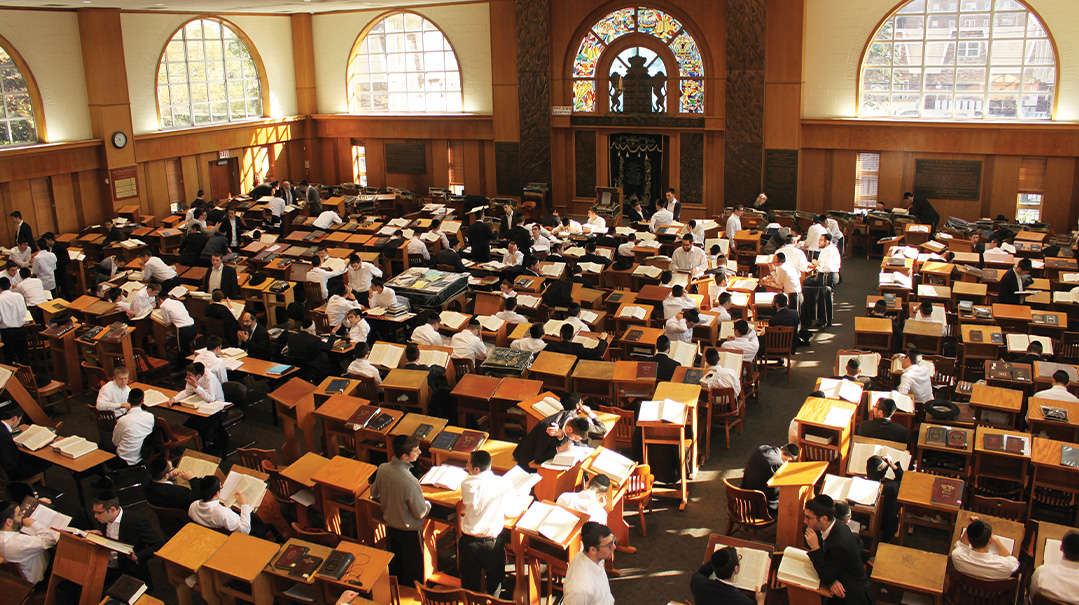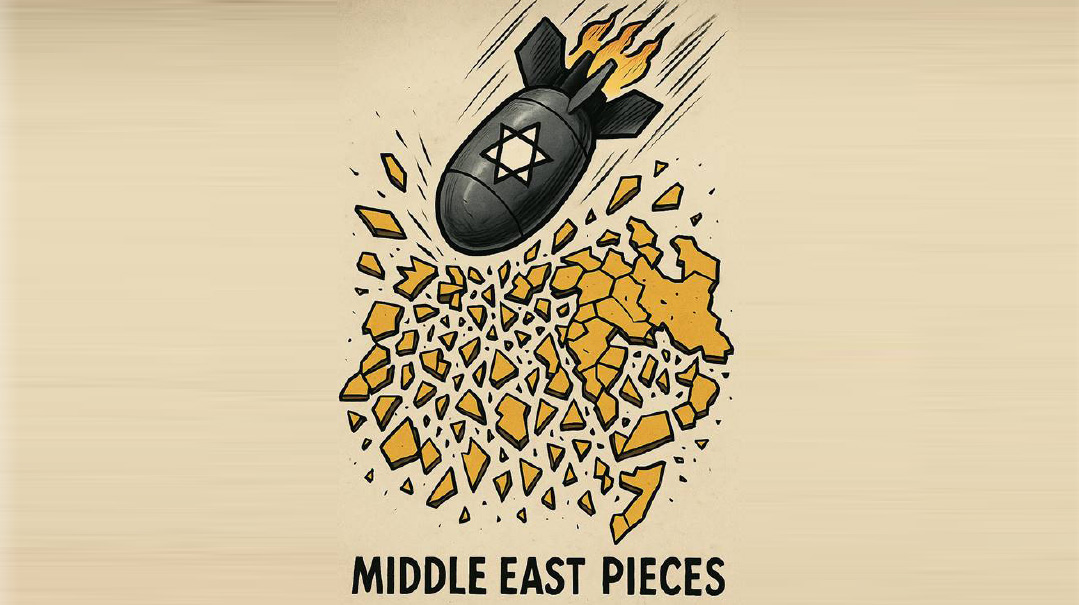State of the Torah Union

This is a story about an article that never was

A while ago, it occurred to me that for the Shavuos edition, there could be nothing more fitting than a project capturing the numbers and trends of the Torah world in 2022/5782.
A global revolution has put yeshivos and kollelim in almost every corner of the Jewish world. Why not celebrate one of the most inspiring aspects of our lives by quantifying what place the Torah now has in Am Yisrael, in a “State of the Torah Union” project?
Easier said than done. In a world awash with data, it turns out that we can’t put a number on something at the top of our communal agenda. Israel collects (significantly varying) figures. Places like Lakewood or Gateshead have approximations, but in the rest of the big beyond, from France to Latin America, numbers are even harder to come by.
Put simply, there is no estimate of how many members of the Jewish People worldwide are involved in full-time learning.
So, if you’re a PhD student laboring over a breakdown of Torah world numbers, this is a direct call for help. And hopefully by next year, Mishpacha’s data analytics department will have run the math. But until then, here are five fragmented thoughts on the subject.
1. World Center
According to Shlomo Brillant, director of the Igud Menahalei Hayeshivos — an umbrella body that represents many yeshivos — in 2021 there were 180,000 full-time lomdei Torah in Israel, according to data from the Religious Affairs Ministry
That’s comprised of 100,000 in kollel, and 40,000 each in the yeshivah ketanah and yeshivah gedolah systems.
For the last time that Eretz Yisrael was the center of the Torah world, you’d have to go back 2000 years, to a time before the Talmud Bavli proved more authoritative than the Yerushalmi.
2. Growing Acceptance
Publication of the above stats is now a tradition on both sides of the secular-religious divide in Israel. Chareidi papers exult over the ever-rising numbers, and secular outlets rumble ominously about the future of the economy.
One factor that both sides are missing is that the acceptance of full-time Torah learning is spreading.
For example, full-time kollel study is a significant, and growing occupation in the right-wing chardal demographic of the national-religious world — a fact not recorded by the numbers above.
Look at wider Israeli society, and there’s evidence of growing acceptance of Torah learning beyond the above circles. Traditional politicians such as Likud’s David Amsalem are comfortable saying that the State of Israel should be supporting Torah learning as a national objective. So not just growing numbers, but growing legitimacy.
3. Torah in America
Rav Chaim Volozhin’s vision of Torah being built in America is the stuff of yeshivah lore, but what are the numbers?
According to Rabbi Zev Dunner of AARTS, an accreditation body representing over 70 yeshivos that are recognized by the US Department of Education, a back-of-the-envelope figure is 25,000-30,000 in full-time learning.
That total is no more than a proxy for the core “yeshivah world,” but that doesn’t include large networks such as Chabad and Chofetz Chaim, or indeed the countless kollelim across the country.
In comparison with Israel’s total, America’s affluent Torah community is by far the junior partner in terms of the number learning. But 71 years after Rav Aharon Kotler made landfall in the US to start his uncompromising battle for “Torah-only,” the revolution has been successful.
4. Kollel Economy
How many foreign-born yeshivah and kollel students are there in Israel? The number matters because in all of the constant political and media attacks on the Torah world as a drag on the economy, one thing is never considered: that as a center of excellence in the Torah "industry," the Israeli Torah world pulls in enormous capital inflows in terms of spending from thousands of singles and families.
If Brisk was in Boro Park and Mir in Monsey, how many fewer dollars would be pumped into the Israeli economy? Crunching some accurate numbers might make the Torah world’s case more effectively.
5. Two Generations
It was Rav Yitzchak Hutner ztz”l who used a different set of numbers to quantify success. According to Rabbi Pinchas Stolper z”l, founder of NCSY, who was niftar last week, Rav Hutner said that historically, it takes a few generations from the time that Jews arrive in a new country until the community produces home-grown gedolim.
“We don’t have time to wait in America — we have to produce them straight away,” Rav Hutner said, explaining why he was going to pour all of his giant abilities into a relatively small number of talmidim, and not seek to build a larger movement.
That spirit of emergency activity and rebuilding imbued the postwar yeshivah world everywhere.
Rav Hutner’s insight explains why a Torah world now numbering at least 200,000, with a third generation who have only experienced the Torah boom years, is no longer operating on emergency footing.
Whatever the rough numbers are, then, the challenges involved in building the next generation of Torah are going to be totally different from when both the Ponevezher Rav and Rav Aharon Kotler struggled to fill their first modest beis medrash.
(Originally featured in Mishpacha, Issue 913)
Oops! We could not locate your form.




